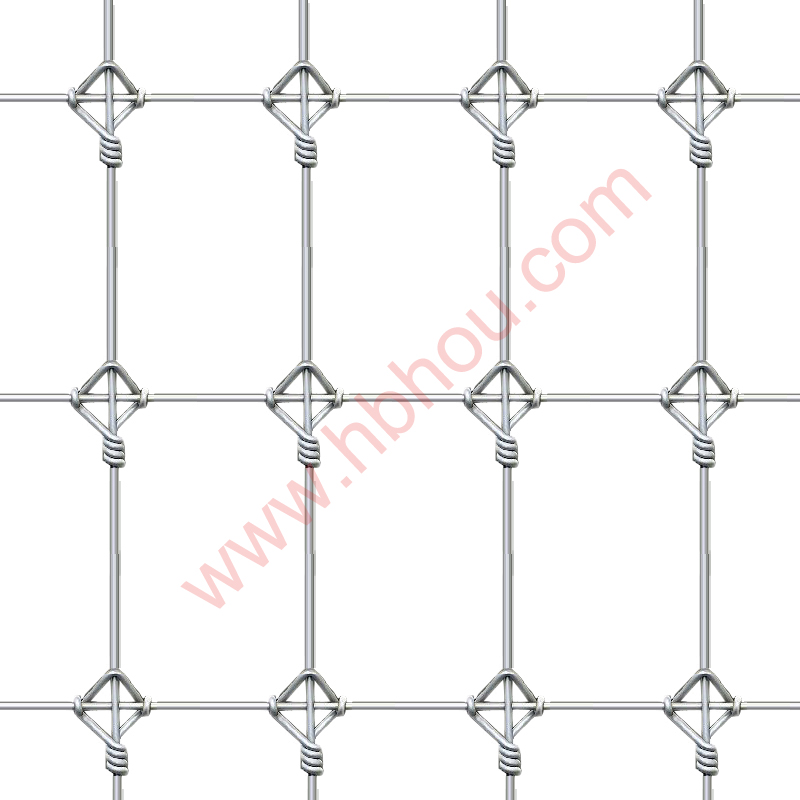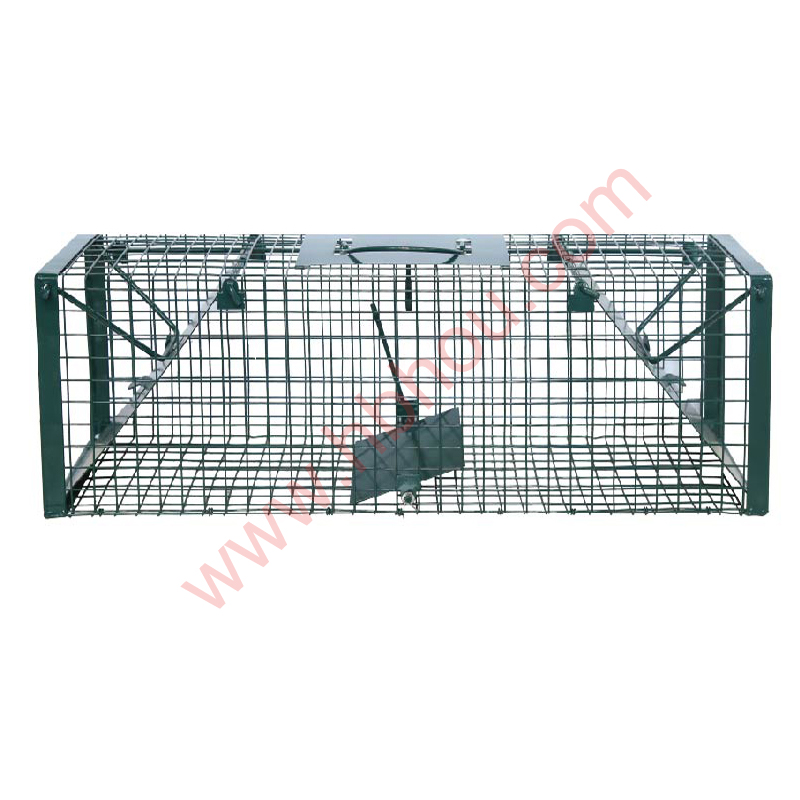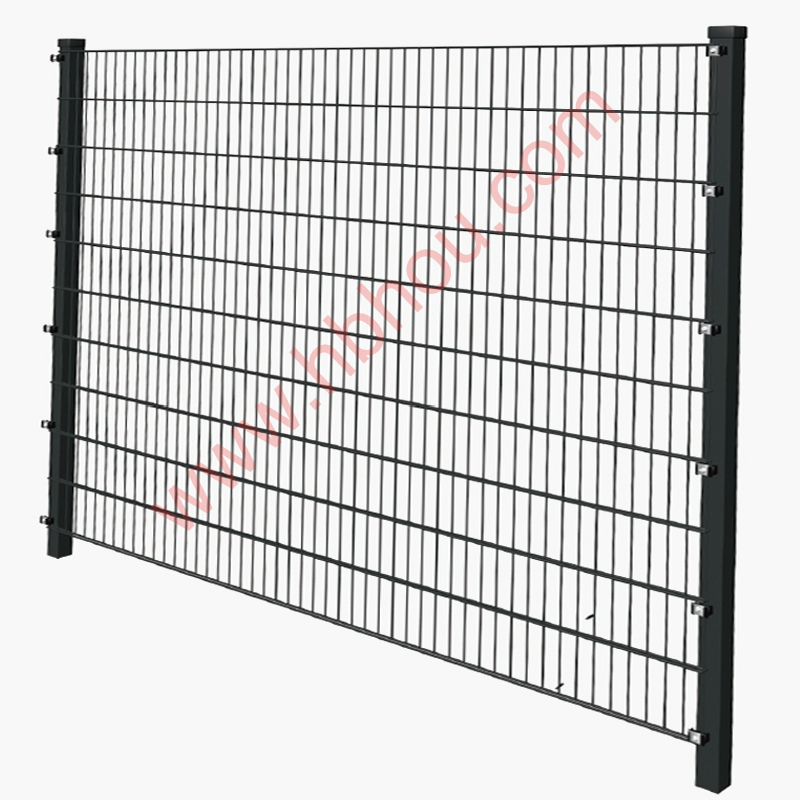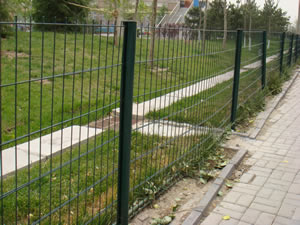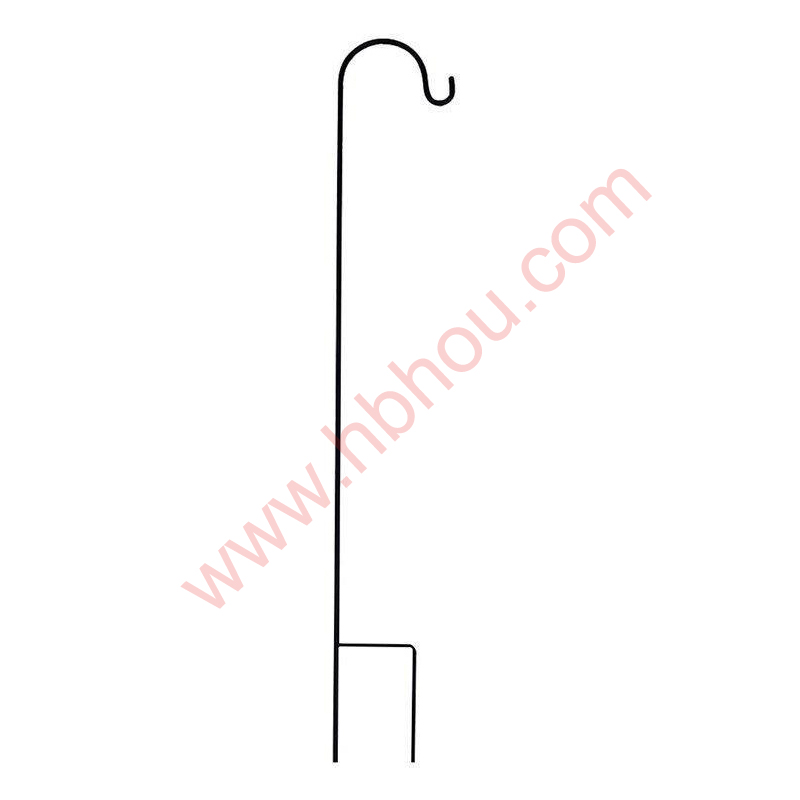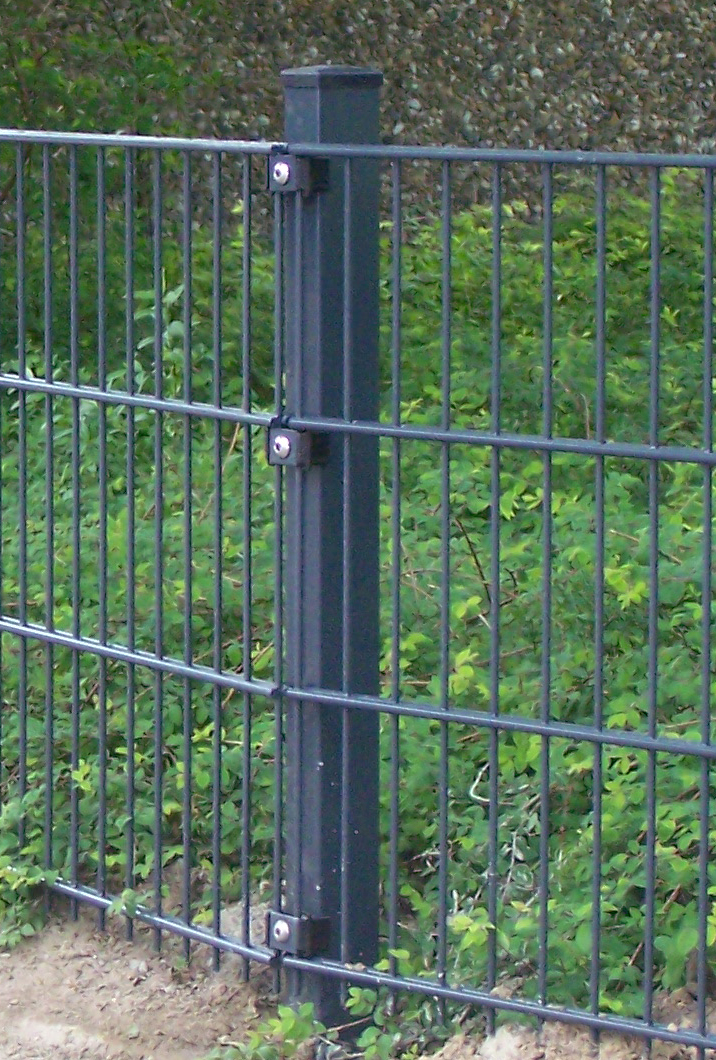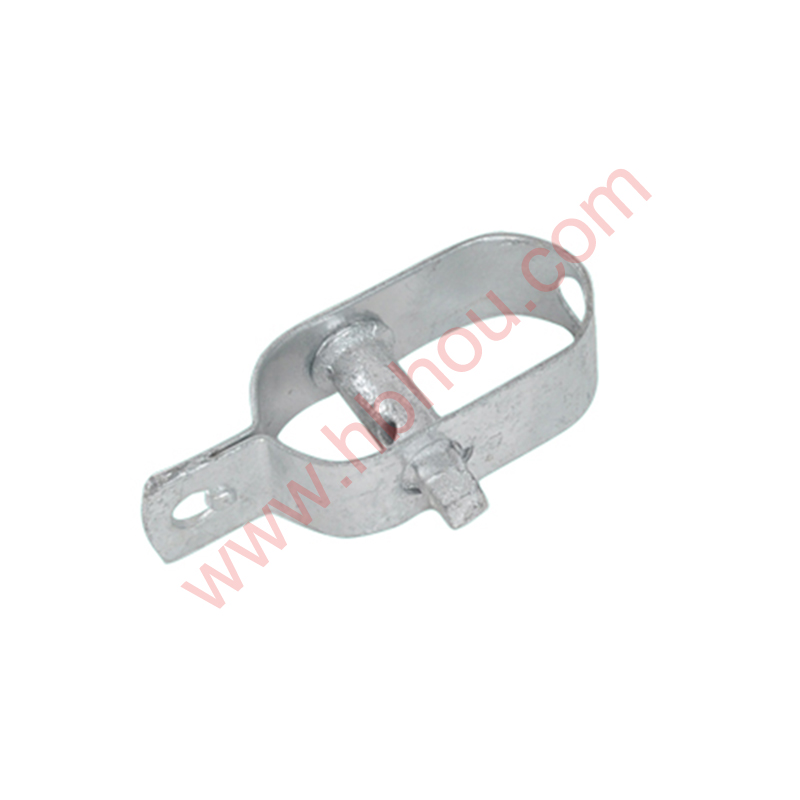- Technical Advantages and Material Properties
- Industry Standards and Durability Metrics
- Leading Manufacturer Comparison
- Dimension-Specific Applications
- Custom Treatment Solutions
- Installation Case Studies
- Long-Term Value Assessment
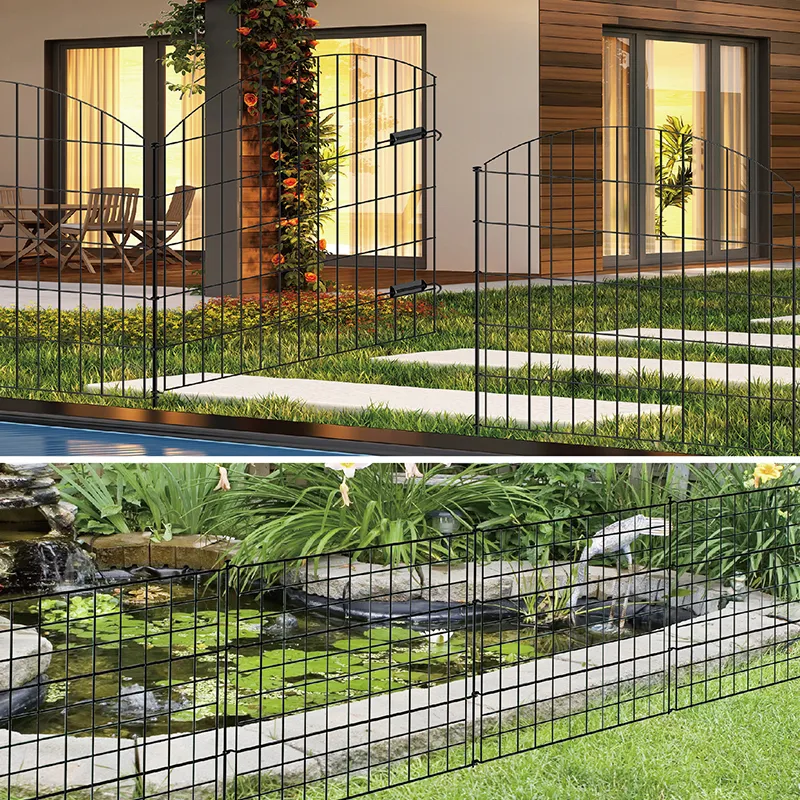
(treated round pine posts)
Understanding the Strength of Treated Round Pine Posts
Modern construction increasingly relies on pressure-treated round pine posts
for structural integrity. These engineered timber products undergo rigorous preservation processes where chemical solutions penetrate deep into the wood fibers - typically achieving 6-8mm retention beyond the surface. The rounded profile isn't merely aesthetic; it eliminates vulnerable edges that typically initiate decay in squared timber. Compared to untreated alternatives, these posts demonstrate 5x greater resistance to fungal decay and insect infestation according to AWPA U1 standards.
Industry-leading treatment facilities use automated retort systems that cycle between high pressure (≥150 PSI) and vacuum phases, ensuring preservatives like micronized copper azole (MCA) reach the wood's core. This creates a 40-year service life expectancy in ground contact applications. The dimensional stability of rounded profiles reduces checking (cracking) by approximately 30% compared to squared timber, maintaining structural integrity even in freeze-thaw cycles common in northern climates.
Performance Standards and Certification Benchmarks
Quality treated round pine posts must exceed ABP M4.2 impact resistance ratings while maintaining consistent preservative penetration verified through core sampling. Third-party audits reveal compliance variances among manufacturers:
| Performance Metric | Premium Grade | Standard Grade | Economy Grade |
|---|---|---|---|
| Preservative Retention (kg/m³) | ≥6.4 | ≥4.0 | ≥2.5 |
| Radial Compression Strength (MPa) | 38.2 | 32.7 | 28.4 |
| Warp Resistance Rating | Class 1 | Class 2 | Class 3 |
Premium treated timber consistently achieves ≤4mm deviation in straightness over 3m lengths - critical for structural post applications. Moisture content post-treatment must measure ≤19% to qualify for structural load-bearing certification per EN 335 standards.
Dimension-Specific Structural Applications
Diameter selection directly impacts load capacity and application suitability. Standard 100mm round treated pine posts handle boundary fencing and light agricultural uses, supporting approximately 880kg point loads. Mid-range 200mm diameters serve as primary structural supports in decking systems and timber frame construction, with verified load-bearing capacity of 2,200kg in vertical applications.
Large-diameter 300mm round treated pine posts constitute heavy engineering solutions capable of sustaining 4,800kg loads. These oversized sections become essential for bridge piers, marine docking systems, and three-story timber frame construction where ground movement potential exists. Proper specification involves calculating dead loads plus 1.6 times intended live loads following AS 1720 timber engineering standards.
Tailored Treatment Formulations
Custom treatment protocols address environmental exposure variables. Saltwater marine applications demand dual-treatment processing: initial MCA preservation followed by supplementary boron diffusion for added resistance against teredinid mollusks. This layered approach increases service life by 12-15 years in tidal zones. For projects requiring buried embedment depth exceeding 1.2m, thermal modification pre-treatment stabilizes cellulose structures before preservation, reducing ground moisture absorption rates by up to 60%.
Increasingly, projects implement site-specific treatment verification using electronic wood moisture meters and XRF spectrometry. Recent infrastructure developments saw 30% cost savings when verification enabled precise post-placement depth calculations instead of over-engineering safety margins.
Verified Installation Methodologies
Correct installation techniques extend service life beyond warranty periods. The Auckland Marina project (2021) documented performance comparisons between standard and enhanced installation methods:
- Standard crushed stone bedding showed 9.8mm average settlement over 18 months
- Engineered gravel columns with geotextile separation exhibited ≤3.2mm settlement
- Post-protection collars reduced ground-line decay incidence by 78%
Thermal modification pre-treatment combined with extended 1.8m embedment depth delivered optimal outcomes in Manchester's Riverwalk development. These treated pine piles maintained ≤0.5° angular deflection after supporting composite decking structures for 32 months despite seasonal groundwater fluctuations.
Evaluating Long-Term Treated Round Pine Post Performance
When properly specified and installed, treated round pine posts deliver exceptional lifecycle economics. Maintenance cost analysis reveals treatment-grade timber requires only 23% of the upkeep budget allocated to steel alternatives over 25-year service periods. Annual inspections should verify three critical performance metrics: ground-line moisture readings (target: ≤24%), preservative retention at critical zones (minimum 3.5kg/m³), and deflection measurements recorded seasonally.
Selecting dimensionally appropriate treated round pine posts creates opportunities for substantial project savings while maintaining structural integrity. Large-scale adopters report up to 18% reductions in material costs when standardizing on factory-treated solutions rather than field-treated alternatives. These engineered wood products continue demonstrating why they remain preferred structural components across residential, agricultural and civil construction sectors globally.
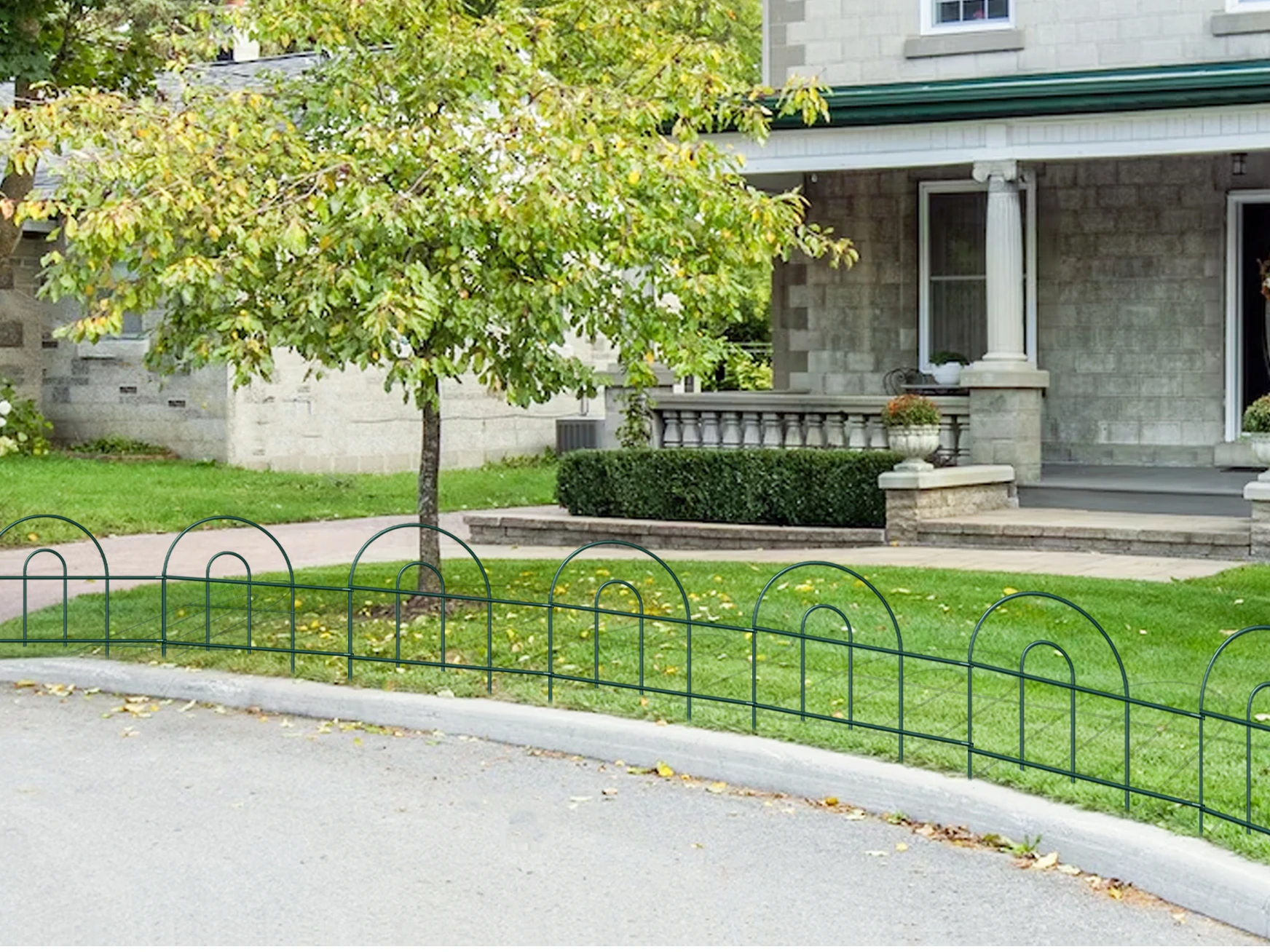
(treated round pine posts)
FAQS on treated round pine posts
Q: What are the common uses for 300mm round treated pine posts?
A: 300mm round treated pine posts are ideal for heavy-duty structural projects like retaining walls, large gate frames, or commercial fencing. Their thickness provides exceptional strength and durability in demanding environments. They are pressure-treated to resist rot, pests, and weather damage.
Q: How long do 100mm round treated pine posts typically last?
A: 100mm round treated pine posts can last 15-25 years, depending on soil conditions and exposure. The preservative treatment protects against termites and fungal decay. Regular maintenance, like resealing cuts, can extend their lifespan.
Q: Can 200mm round treated pine posts be used for decking support?
A: Yes, 200mm round treated pine posts are commonly used as sturdy decking supports or pergola columns. Their diameter balances load-bearing capacity and cost-effectiveness. Ensure proper installation below frost lines for maximum stability.
Q: Are treated pine posts safe for vegetable garden beds?
A: Modern ACQ or copper-treated pine posts are generally considered safe for garden use. Avoid direct contact with edible plant roots by using a protective barrier. Check local regulations for specific treatment chemical guidelines.
Q: What’s the price difference between 100mm and 300mm treated pine posts?
A: 300mm posts cost 40-60% more than 100mm due to higher material and treatment requirements. Prices vary by supplier and treatment level. Bulk purchases often reduce per-unit costs for all sizes.









